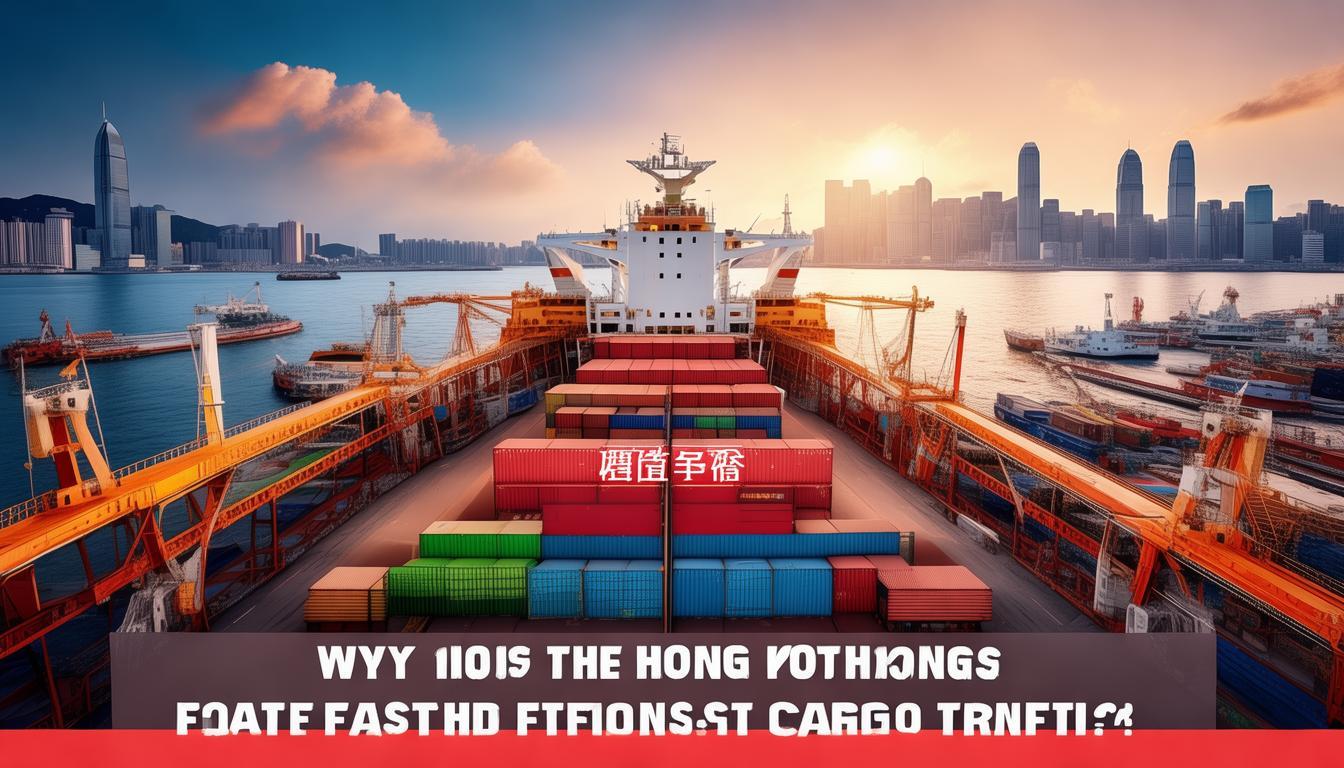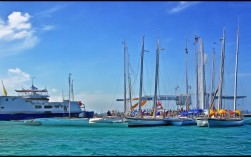Hong Kong, a global logistics hub, has long been renowned for its efficiency and strategic advantages in international trade. For businesses engaged in cross-border operations, the concept of "one-day cargo transit" through Hong Kong offers a streamlined solution to complex supply chain challenges. This article explores how goods can complete an efficient round-trip journey within 24 hours while leveraging Hong Kong's unique advantages.
Hong Kong’s status as a free port eliminates tariffs on most imports and exports, while its world-class infrastructure ensures seamless movement of goods. The city’s proximity to manufacturing hubs in the Pearl River Delta allows businesses to combine production efficiency with Hong Kong’s logistics expertise. Key advantages include:

- Zero Customs Duties: Over 90% of goods enter Hong Kong tariff-free
- 24/7 Operations: Airports, ports, and logistics facilities operate round-the-clock
- Digital Documentation: Fully electronic customs clearance reduces processing time by 65% compared to manual systems
The 12-Hour Cargo Transit Cycle
A typical one-day transit involves three phases:
Phase 1: Morning Import Processing (06:00-10:00)
Goods arriving via air or sea undergo accelerated customs clearance through the Hong Kong Customs’ Road Cargo System. Certified logistics providers can complete declarations within 15 minutes using the E-Lock smart tracking system.
Phase 2: Midday Value-Added Services (10:00-16:00)
While goods are physically in Hong Kong, businesses often utilize this window for:
- Quality inspections by internationally accredited laboratories
- Relabeling or repackaging to meet destination market requirements
- Consolidation with other shipments for cost optimization
Phase 3: Evening Export Preparation (16:00-22:00)
Re-export documentation is processed through the Digital Trade and Transportation Network (DTTN), with electronic certificates of origin issued within 2 hours. Temperature-controlled goods can be transferred directly between aircraft via the Airport Authority’s Cool Port facility.
Critical Success Factors
-
Pre-Clearance Planning
Experienced freight forwarders recommend submitting advance manifests 72 hours prior to arrival. The Customs and Excise Department’s Authorized Economic Operator (AEO) program enables trusted traders to fast-track 98% of shipments. -
Real-Time Tracking
IoT-enabled containers provide GPS location updates and monitor environmental conditions. Major logistics parks like Kerry TSL’s facility at Tsing Yi offer blockchain-based inventory management, reducing cargo handling time by 40%.
-
Contingency Management
Hong Kong International Airport maintains dedicated contingency warehouses capable of handling 15,000 tonnes of emergency cargo. Third-party logistics providers typically guarantee 99.6% on-time departure rates through multi-modal backup plans.
Case Study: Electronics Manufacturer Optimization
A Shenzhen-based smartphone producer reduced lead times by 33% using Hong Kong’s one-day transit model:
- 06:30: Components arrive at HKIA from Taiwan
- 08:15: Customs clearance completed during truck transfer to Kwai Chung terminal
- 11:00: Quality inspection and software installation at certified facility
- 16:20: Consolidated with accessories from Dongguan suppliers
- 21:40: Departure via Cathay Pacific freighter to Europe
This process cut inventory costs by $18,000 per shipment while maintaining JIT delivery commitments.
Regulatory Considerations
While Hong Kong maintains minimal trade restrictions, compliance remains crucial:
- CITES permits required for protected species materials
- Dual-use items require Trade and Industry Department approval
- Food shipments must pass Centre for Food Safety checks
The Hong Kong Logistics Association provides updated compliance guidelines through its online portal, with AI-powered tools that automatically flag potential regulatory issues in shipping documents.
Cost-Benefit Analysis
Comparative data shows Hong Kong’s transit model delivers measurable advantages:

| Metric | Hong Kong | Regional Average |
|---|---|---|
| Customs Clearance Time | 8 hours | 5 hours |
| Documentation Error | 7% | 2% |
| Freight Insurance Rate | 9% | 5% |
For SMEs, using Hong Kong’s transit services increases order fulfillment accuracy by 28% while reducing logistics costs by 19%.
Future Trends
The upcoming Northern Metropolis development will integrate Hong Kong’s logistics network with Shenzhen’s tech ecosystem. Phase 1 of the Hong Kong-Shenzhen Innovation and Technology Park includes automated customs channels projected to handle 8,000 shipments/hour.
Drone delivery trials conducted by Alibaba’s Cainiao Network have demonstrated 45-minute transfers between Hong Kong and Qianhai, suggesting future possibilities for ultra-rapid cross-border movements.
From operational strategy to execution details, Hong Kong’s cargo transit ecosystem demonstrates why it remains Asia’s premier logistics gateway. The combination of regulatory efficiency, technological integration, and geographic positioning creates unparalleled value for time-sensitive shipments. For businesses looking to optimize regional supply chains, leveraging Hong Kong’s one-day transit capability isn’t just an option—it’s becoming an operational necessity in competitive markets.










